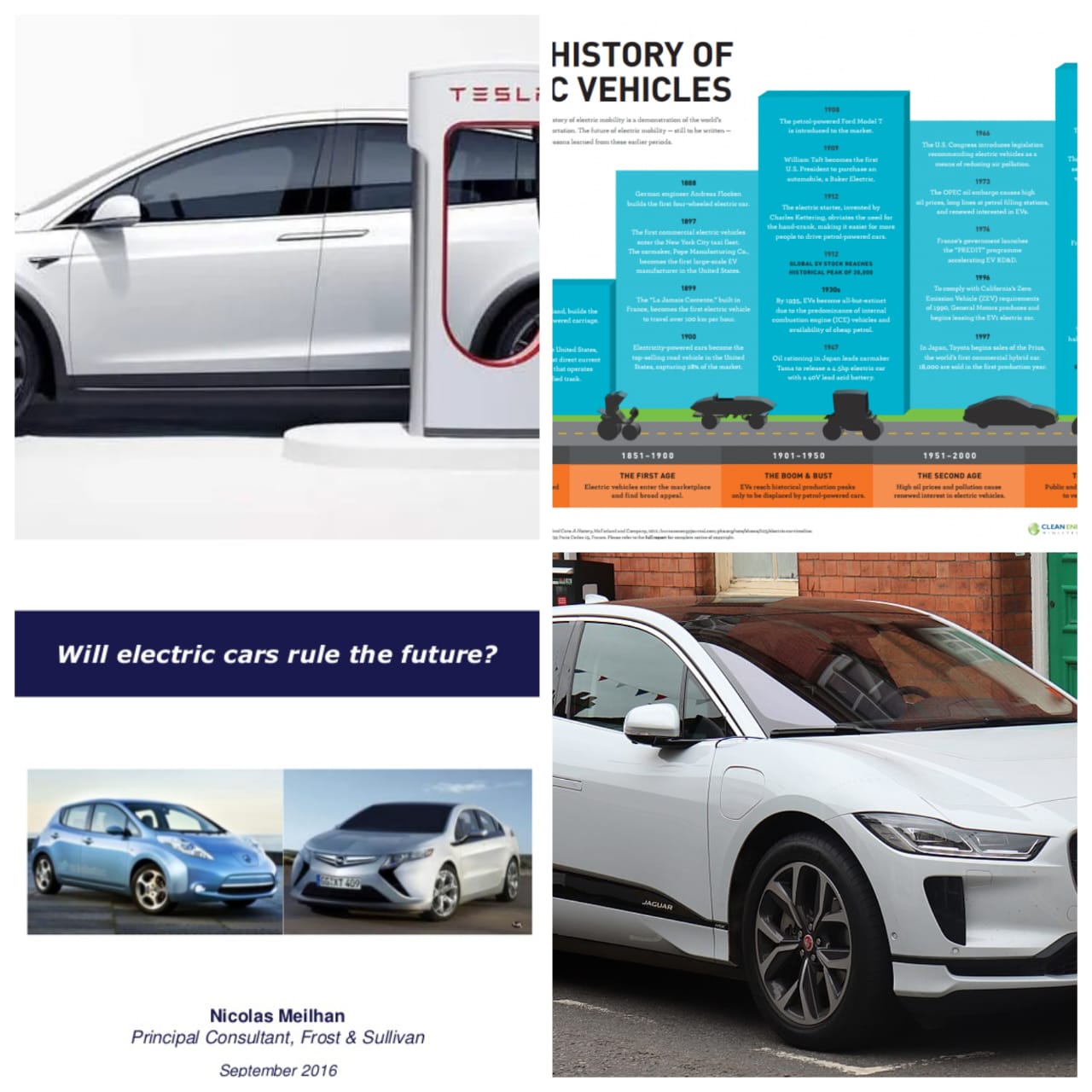Electric Vehicle History | By Ruchesh Patil Electric cars have been around for years, although the general public thinks that electric car...
Electric Vehicle History | By Ruchesh Patil
Electric cars have been around for years, although the general public thinks that electric cars are a recent invention. This is because in recent years this type of vehicle has become increasingly popular as a result of being considered one of the most powerful motor vehicles powered by fire engines in an effort to reduce emissions that contribute to global warming.
The standard electric car was invented in 1828 in Hungary and is considered by many to be the first electric car to be invented. Some consider the electric carriage invented in Scotland in the 1830's by Robert Anderson to be the first electric car. Another small electric car was designed by Professor Stratingh and built by Christopher Becker, his assistant, in Holland in 1835. Thomas Davenport also built a small electric car in 1835. He also developed the first DC car built in the US.
Unfortunately the battery technology did not develop enough to prove the continued development of this type of car back then. It was not until the late 1890's that the first passenger electric car was built by William Morrison in the US. In fact, in the 1899's and 1900's, more electric cars were sold than other types of vehicles such as gasoline and steam-powered cars in the US.
In the 1900's, electric cars had many advantages over their competitors. They had no smell, vibration and noise like gasoline cars. Also, changing gears on petrol cars has been the most complex part of driving, while electric cars do not require a change of gear. The steam-powered cars also did not have a shifting gear, but suffered from long start times that entered 45 minutes on a cold morning.
Smoky cars had a short distance before they needed water than the distance of an electric car for one price. The main roads of that time were in the city, restricting the flow of traffic, which was convenient for electric vehicles, since their range was limited. The electric car was the preferred option for many because it did not require a hand-turning crank to start the engine as the petrol cars needed and there was no collision with the gear shifter.
During World War I, the cost of gasoline exceeded the roof, which contributed to the popularity of electric cars. This led to the construction of Detroit Electric which began production in 1907. The car distance between the rechargeable battery was about 130km (80 miles). The width depends on the type of battery that the car comes with. The typical Detroit Electric was powered by a battery that generates renewable acid, which works best in cold climates.
But the popularity of the electric car soon faded. As better roads were built not only for cities, but also for connecting them, the demand for long-distance vehicles increased. This made the electric car an impossible means of transportation. And the recent discovery of oil in the U.S. state of Texas, which has greatly reduced gas prices, as well as the introduction of the first gas in 1912 that eliminated the need for a hand head, made gasoline a preferred vehicle. And with Henry Ford making it more expensive for the public by mass production, the future of the electric car was sealed for many years.
It was not until the 1990's that electric cars began to reappear. With the problem of global warming, rising prices for imported crude oil and smuggling legislation in cities, electric cars are not only rising again but are now about to continue. One of the main reasons we give for the rebirth of the electric car is the advancement of battery technology. Lithium-ion battery packs and nickel metal hybrid battery packs are much lighter than previous batteries and can hold enough money to power a 100 Miles car at high speeds between charges of making electric cars more efficient and usable.







No comments
Comment down